Finally got a couple of photos into Explore! again on Flickr. Yay!
Click the photos to see larger versions.
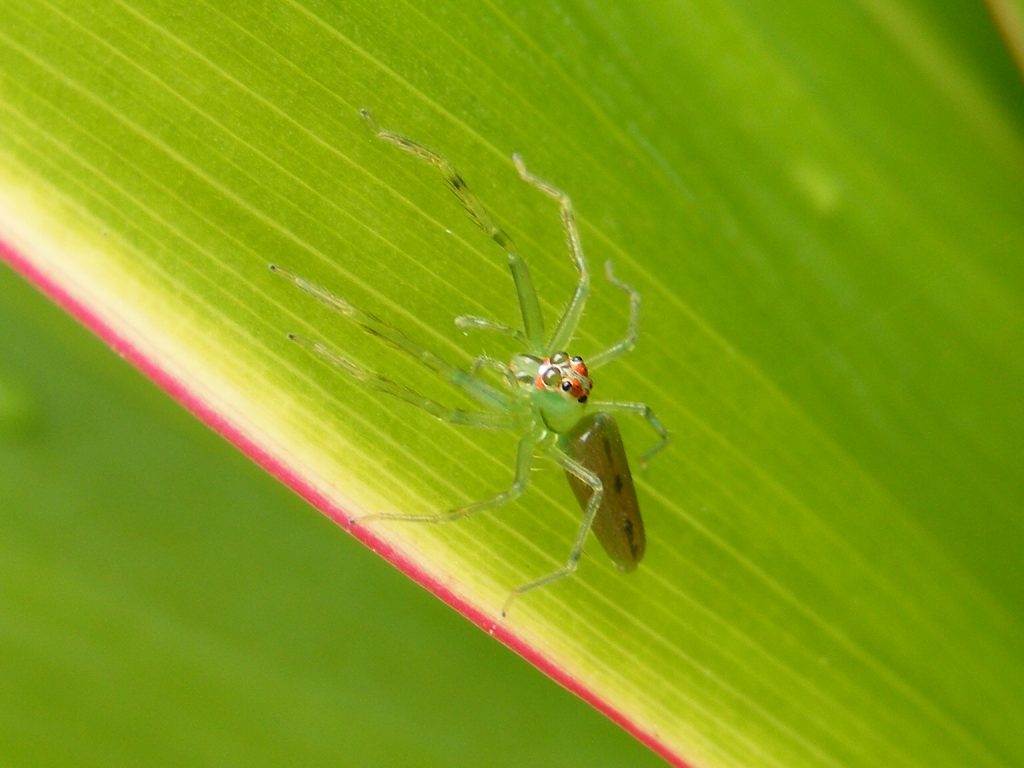
Greenish transparent jumping spider. This spider makes it apparent that Salticidae are different from ordinary spiders in many ways. For example, their legs are not operated by muscles and tendons, but by hydraulics. You can also see the tiny black dot at the tip of each leg — the spider’s “foot”. Each of those contains around 600,000 microscopic setules which enable these spiders to stick to surfaces by means of the Van der Waals force (an electrical effect). When walking on the ceiling, each of those tiny black “feet” can hold up to 170 times the spider’s weight.
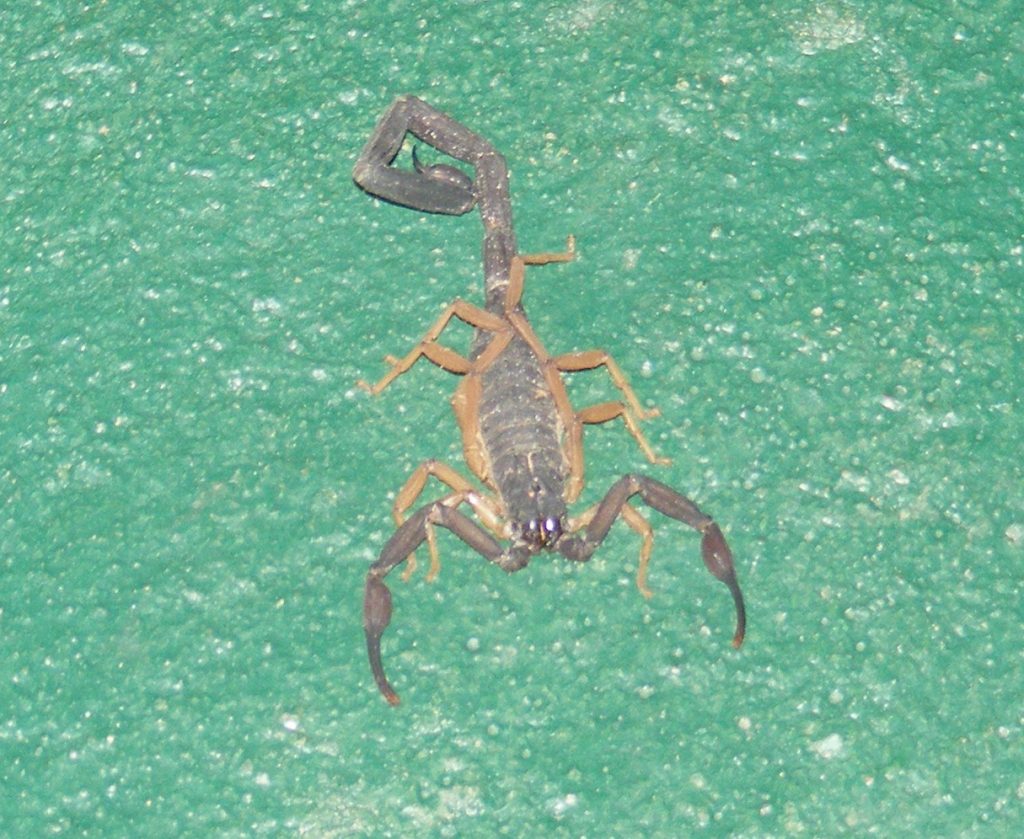
Here’s a fairly common sight in the tropical regions of Central America, the Brown Bark Scorpion. I’m holding this one here by blinding him with a bright light. They have several pairs of eyes and you can see its primary eyes shining like diamonds. Since I startled it, it’s playing possum, playing dead. Notice the tail flopped over to one side and legs all askew. There’s actually nothing wrong with this scorpion and it’s quite alive.
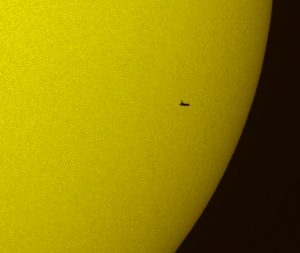
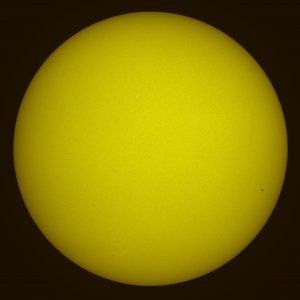
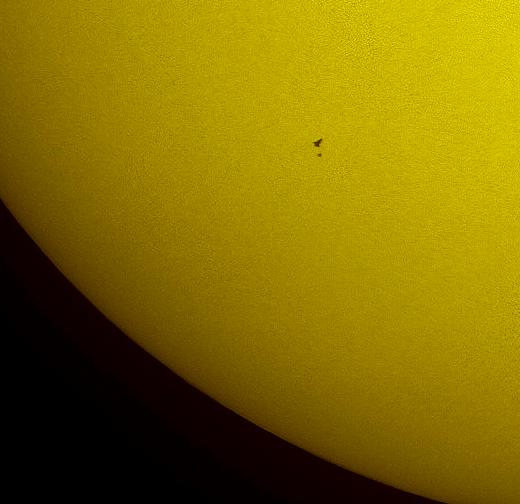
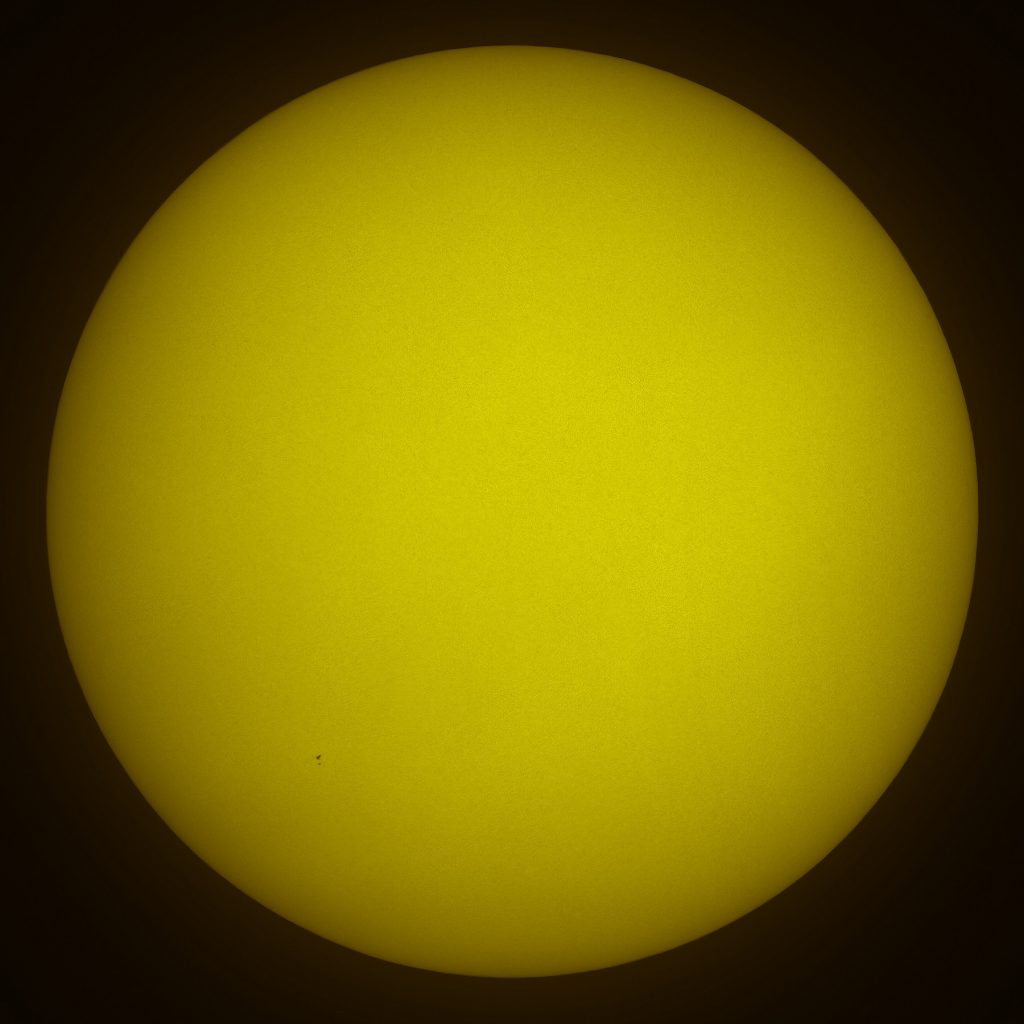
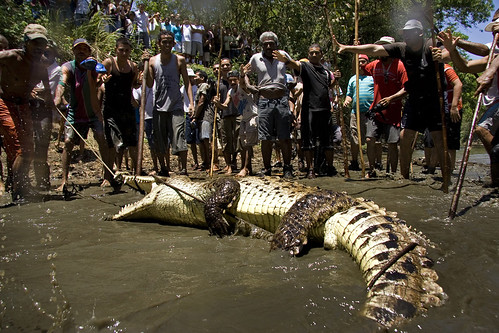
Recent Comments